5-6 yr Peach bleeding see video, help
jvarrati
11 years ago
Related Stories
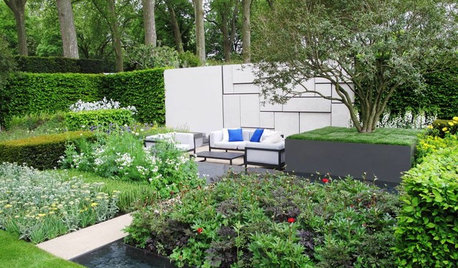
GARDENING GUIDESSee Winning Gardens From the 2015 Chelsea Flower Show
The popular annual London event showcases the best in garden design. Get inspired by these 2015 gold-medal winners
Full Story
HOUZZ CALLHouzz Call: Show Us Your 8-by-5-Foot Bathroom Remodel
Got a standard-size bathroom you recently fixed up? We want to see it!
Full Story
LIFE6 Ways to Cool Off Without Air Conditioning
These methods can reduce temperatures in the home and save on energy bills
Full Story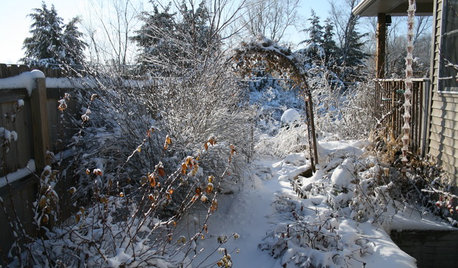
LIFE6 Ways to Beat the Winter Blahs
Snow and dark days dampening your spirits? These ideas will have you looking on the bright side
Full Story
GARDENING GUIDES6 Captivating Roses for an Alluringly Fragrant Garden
Perfume your garden with aromas from richly spicy to lightly sweet, without sacrificing an inch of color
Full Story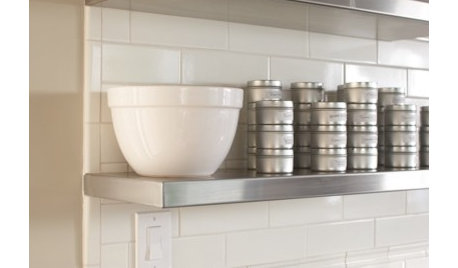
KITCHEN DESIGNHow Much Does a Kitchen Makeover Cost?
See what upgrades you can expect in 3 budget ranges, from basic swap-outs to full-on overhauls
Full Story
SAVING WATER11 Ways to Save Water at Home
Whether you live in a drought-stricken area or just want to help preserve a precious resource, here are things you can do to use less water
Full Story
MATERIALSWhat to Ask Before Choosing a Hardwood Floor
We give you the details on cost, installation, wood varieties and more to help you pick the right hardwood flooring
Full Story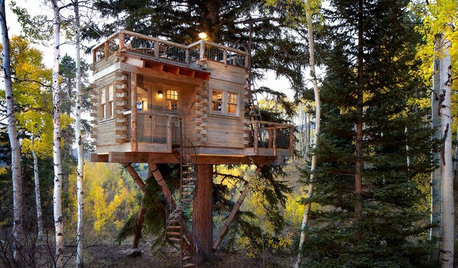
TREE HOUSESHouzz Call: Show Us Your Well-Designed Treehouse or Tree Fort!
Got a great treehouse or tree fort? We want to see it! Post yours in the Comments and we’ll feature the best in a future article
Full Story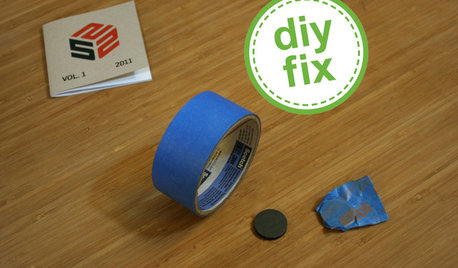
DECORATING GUIDESQuick Fix: Find Wall Studs Without an Expensive Stud Finder
See how to find hidden wall studs with this ridiculously easy trick
Full Story







olpea
jvarratiOriginal Author
Related Professionals
Clark Landscape Architects & Landscape Designers · Roosevelt Landscape Architects & Landscape Designers · Tomball Landscape Architects & Landscape Designers · Athens Landscape Contractors · Canyon Lake Landscape Contractors · Mastic Beach Landscape Contractors · Pueblo West Landscape Contractors · Reedley Landscape Contractors · San Antonio Landscape Contractors · South Portland Landscape Contractors · St. Louis Landscape Contractors · The Villages Landscape Contractors · Wentzville Landscape Contractors · Bensenville Landscape Contractors · Clearfield Landscape Contractorsolpea
mrsg47
olympia_gardener
olpea
olpea
jvarratiOriginal Author
olpea
olympia_gardener
olpea
olympia_gardener
olpea
olympia_gardener